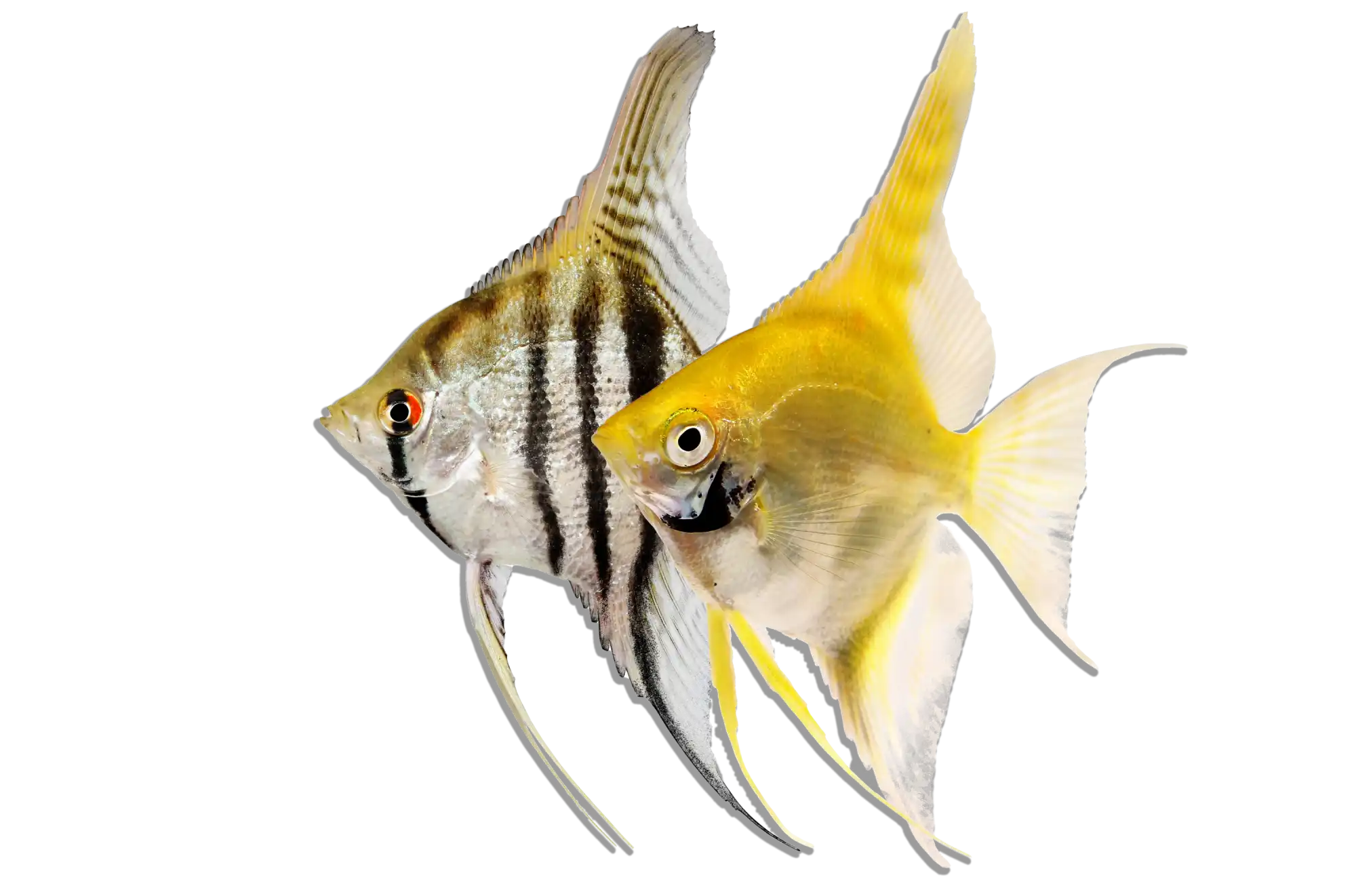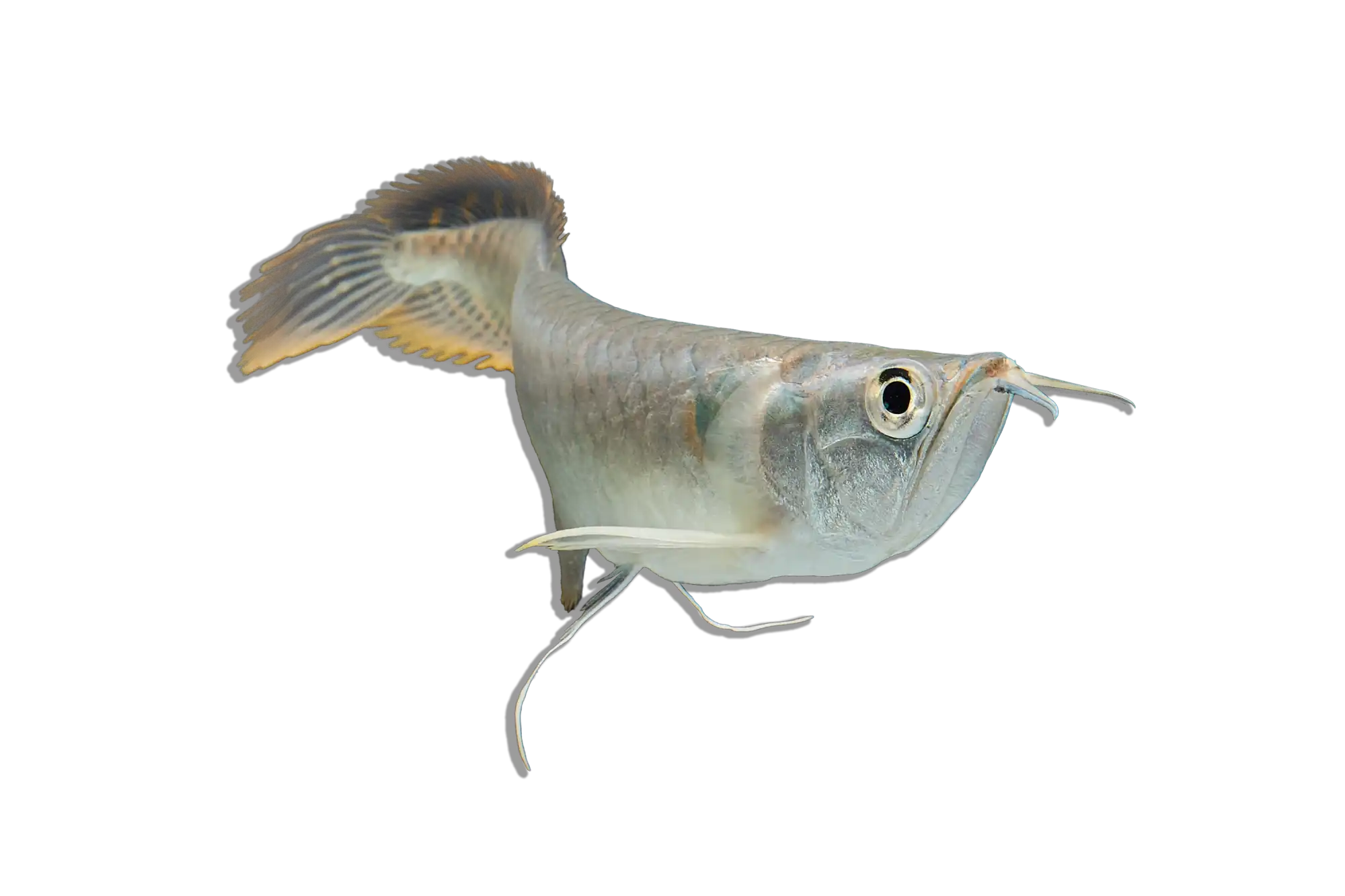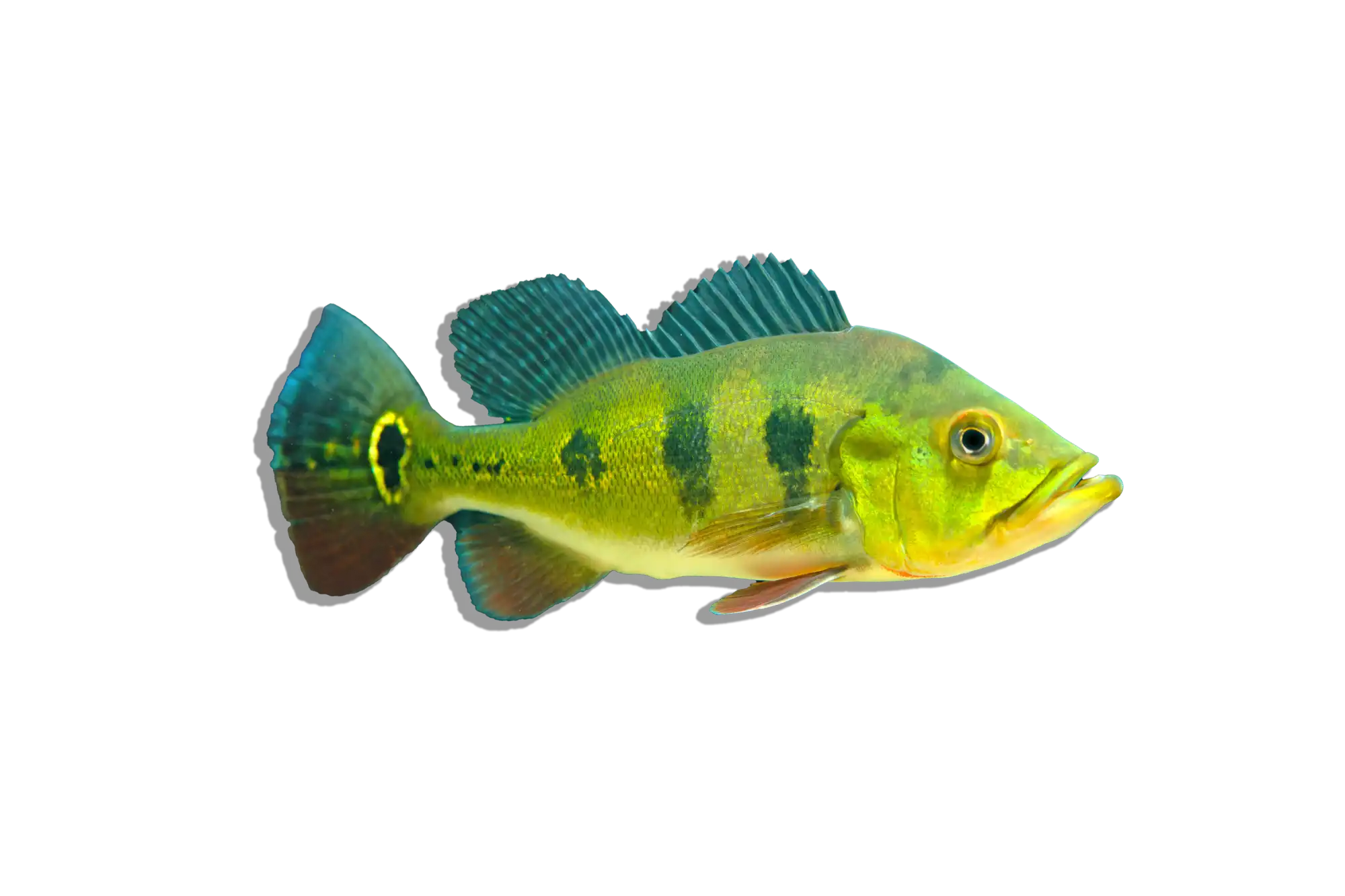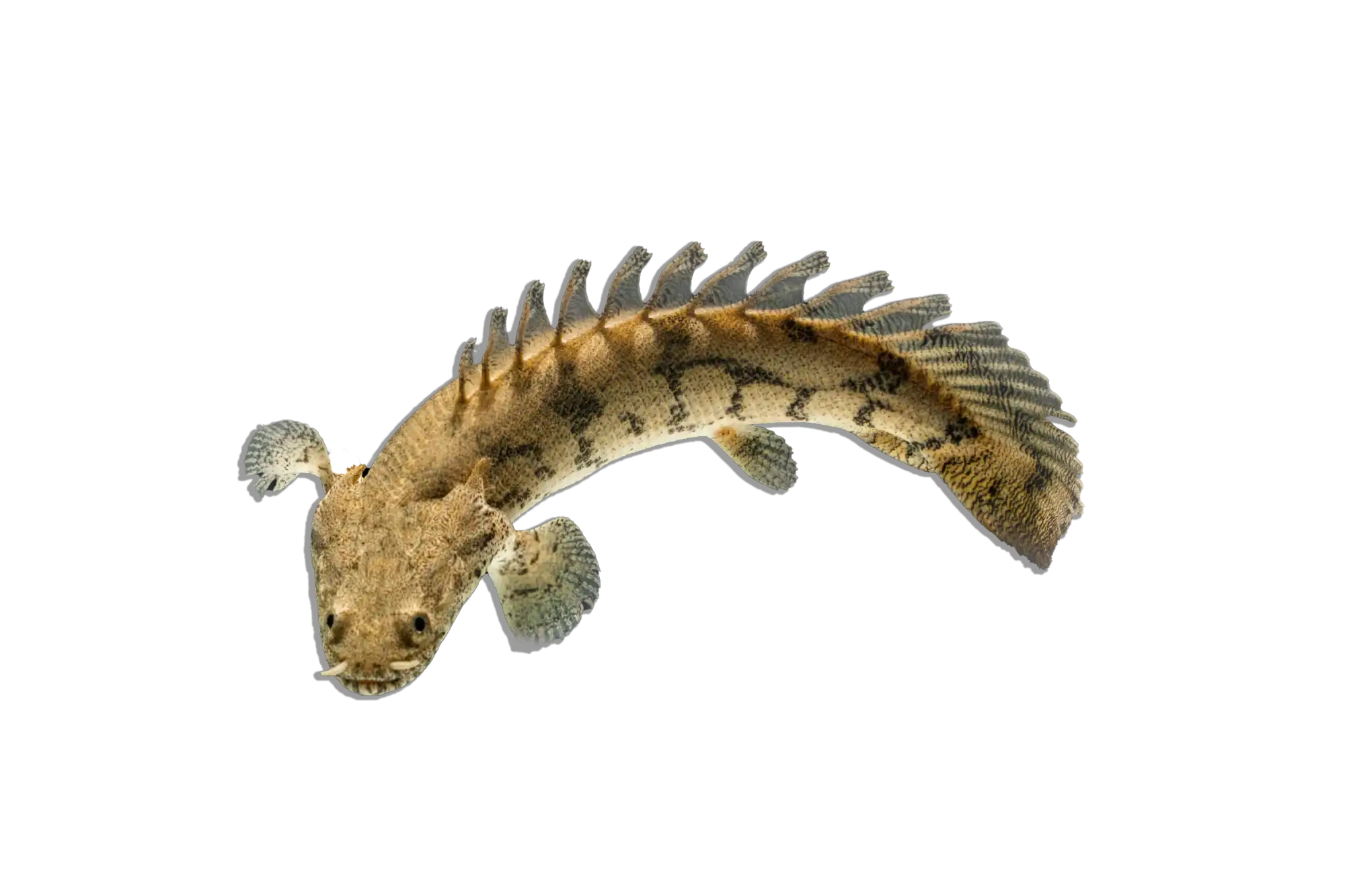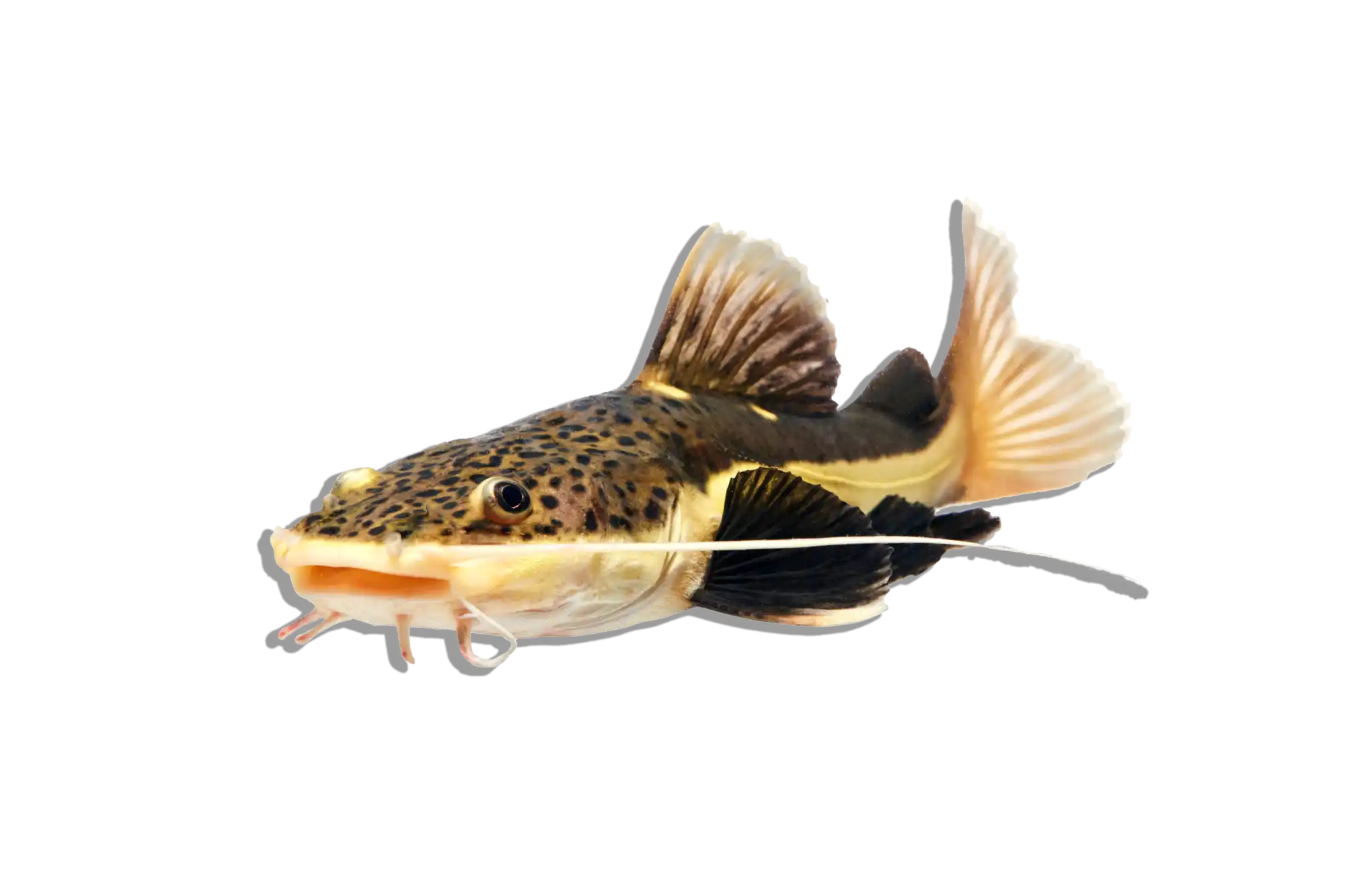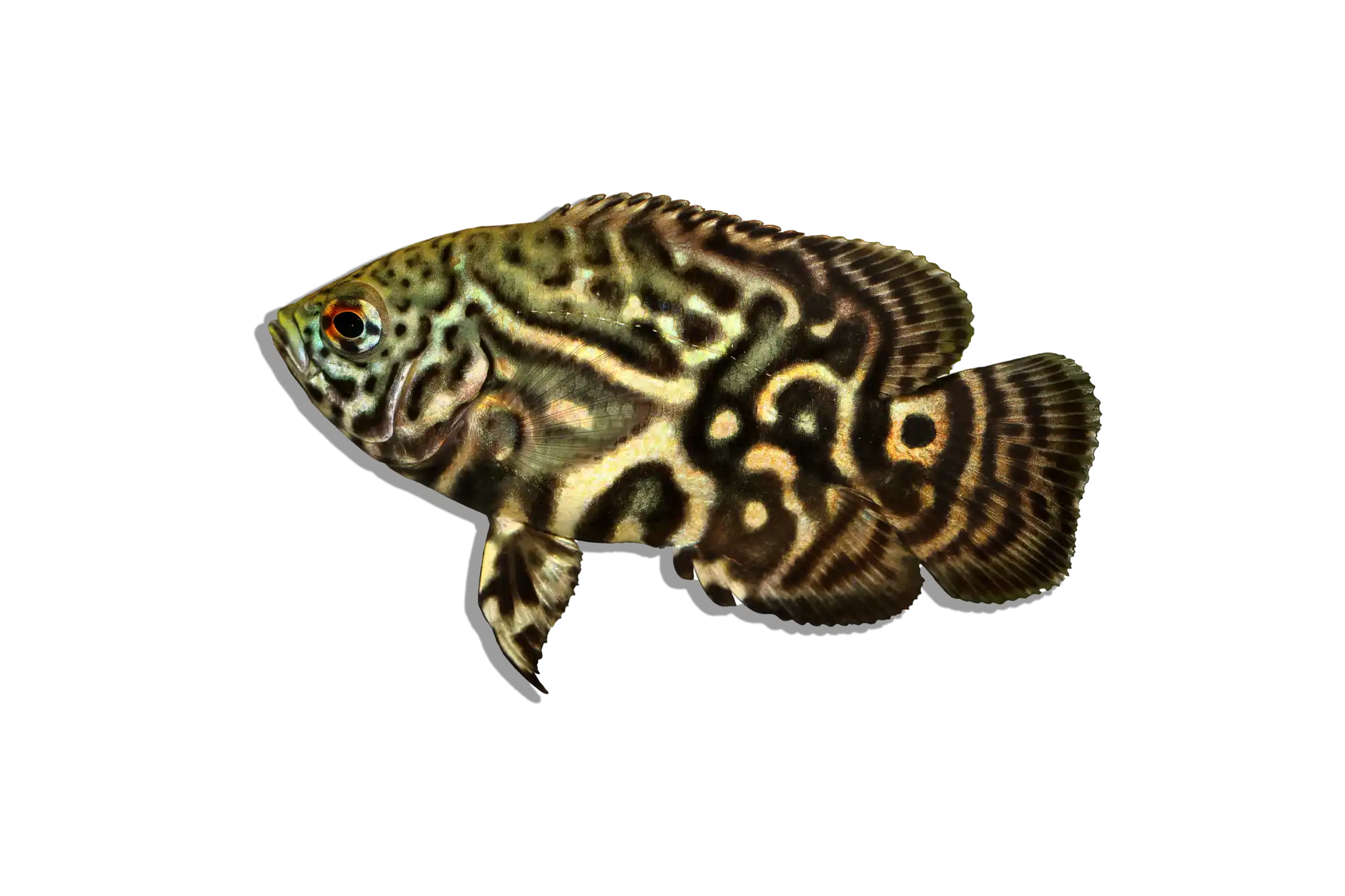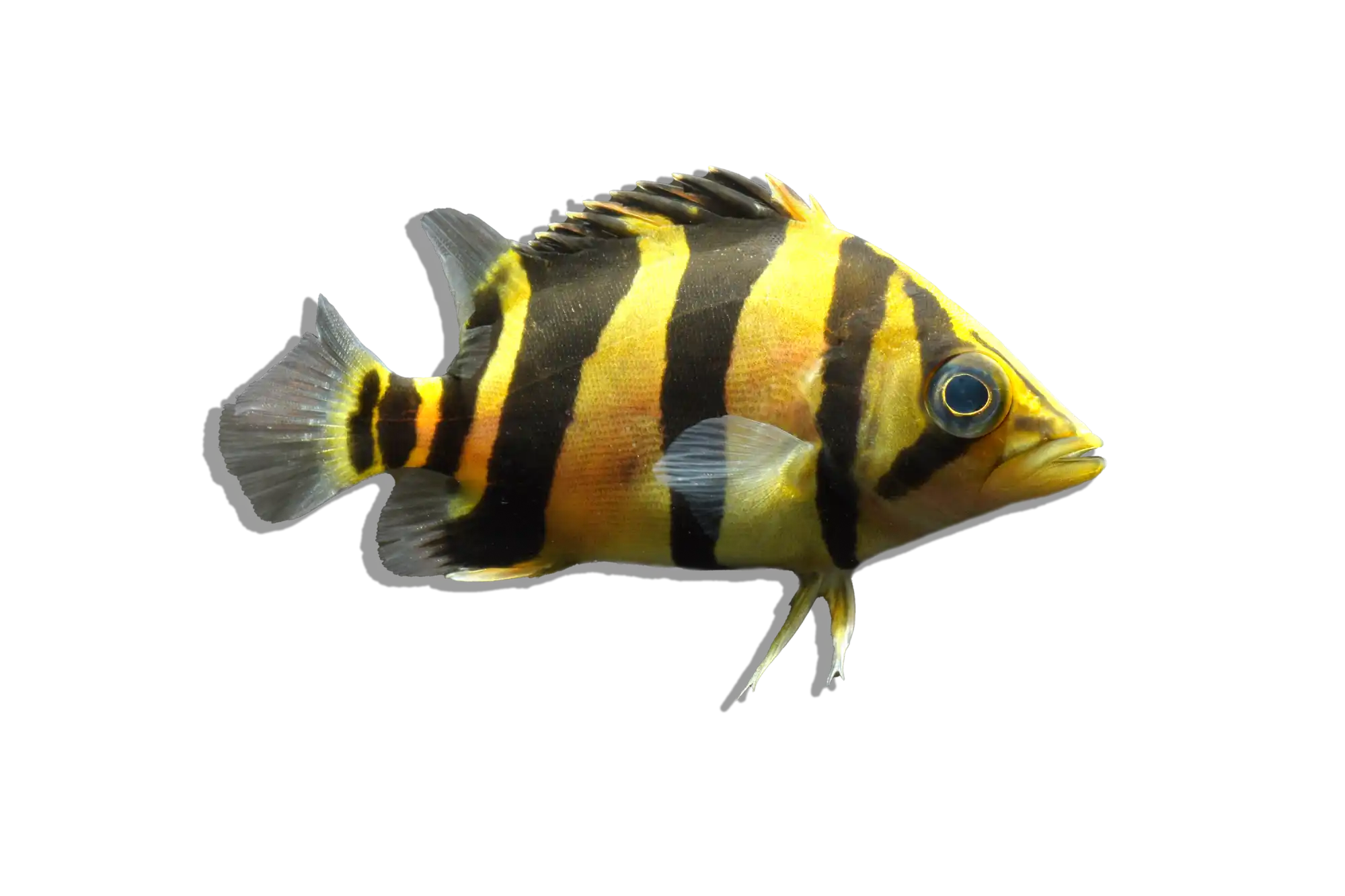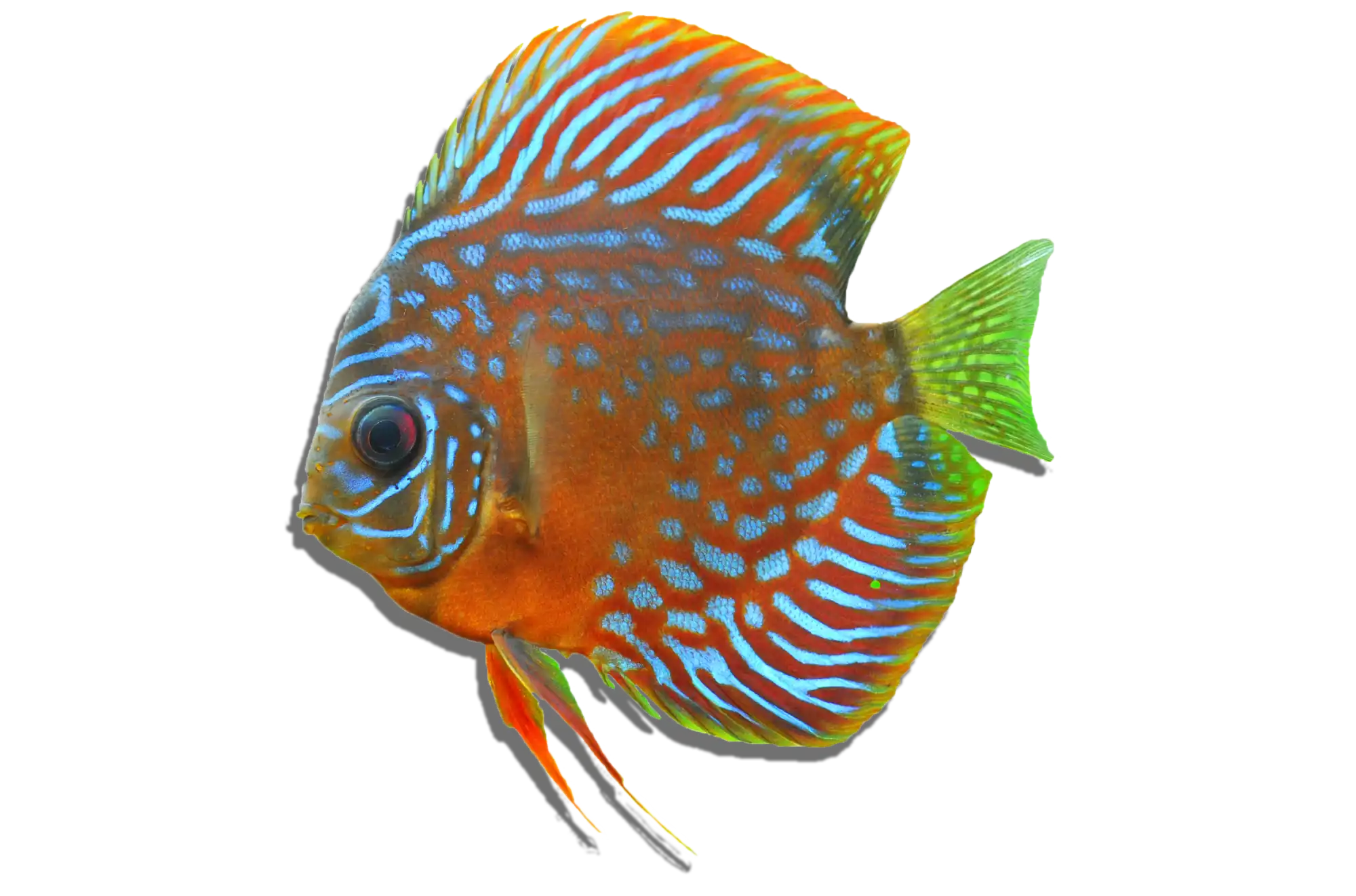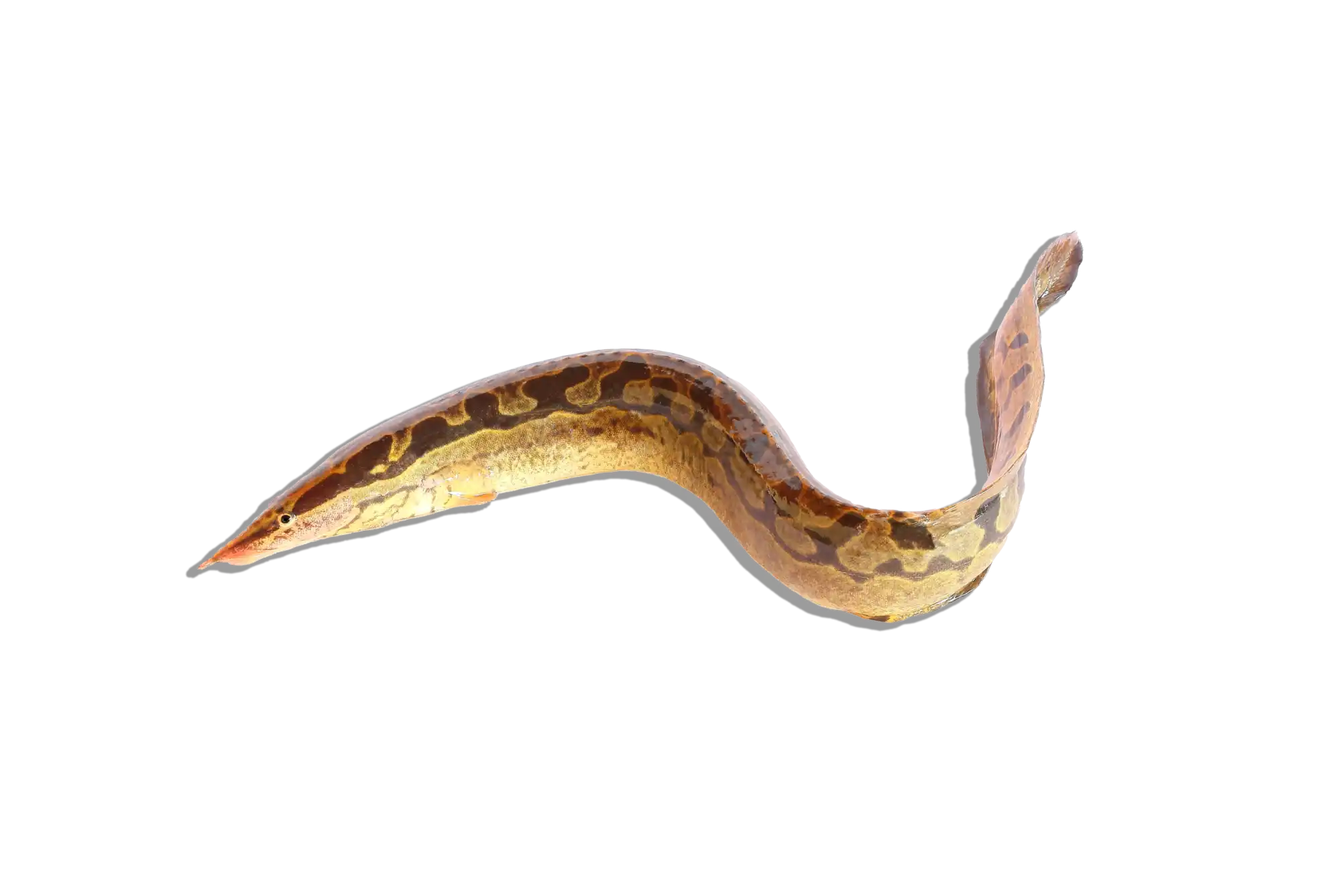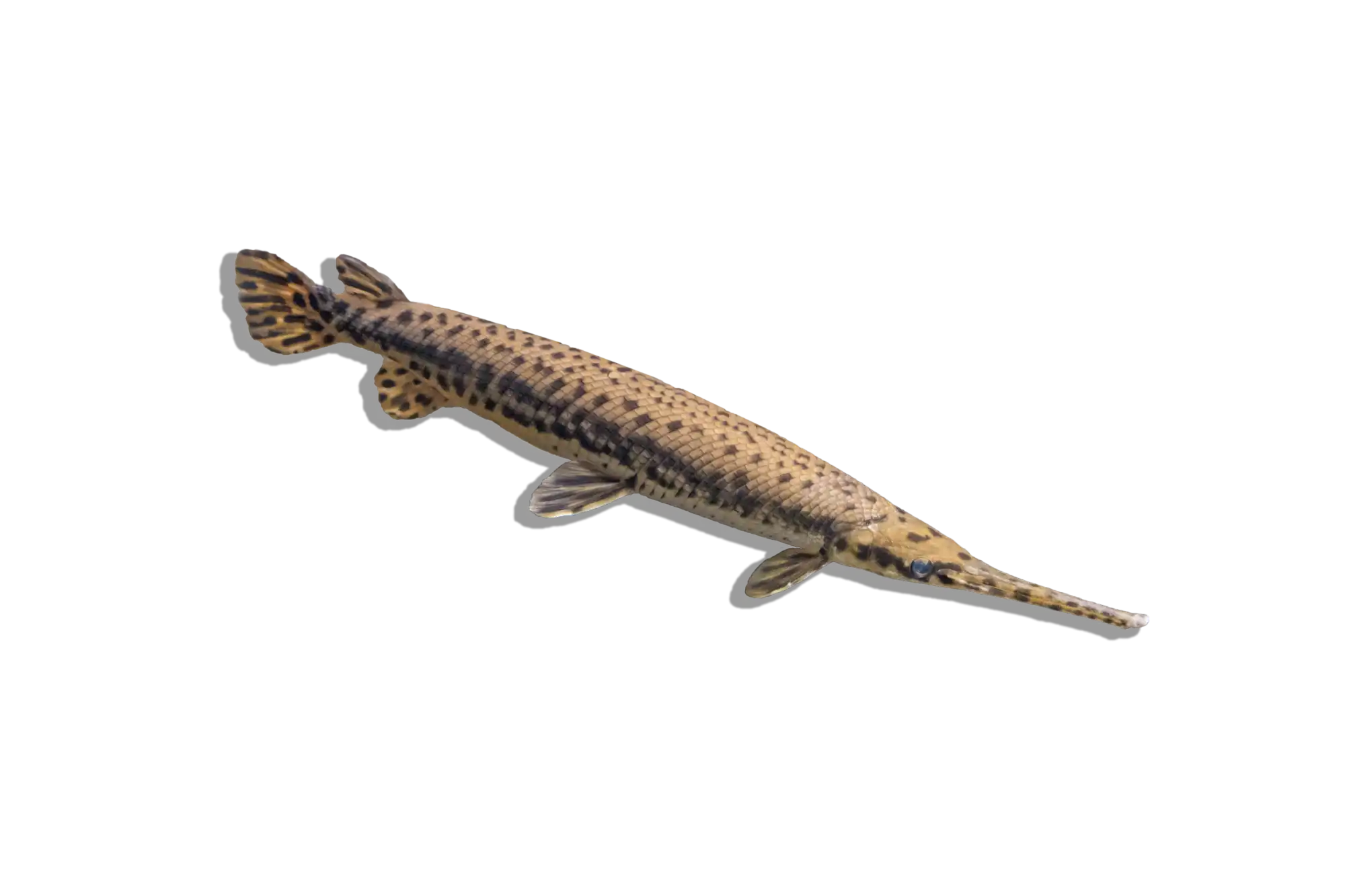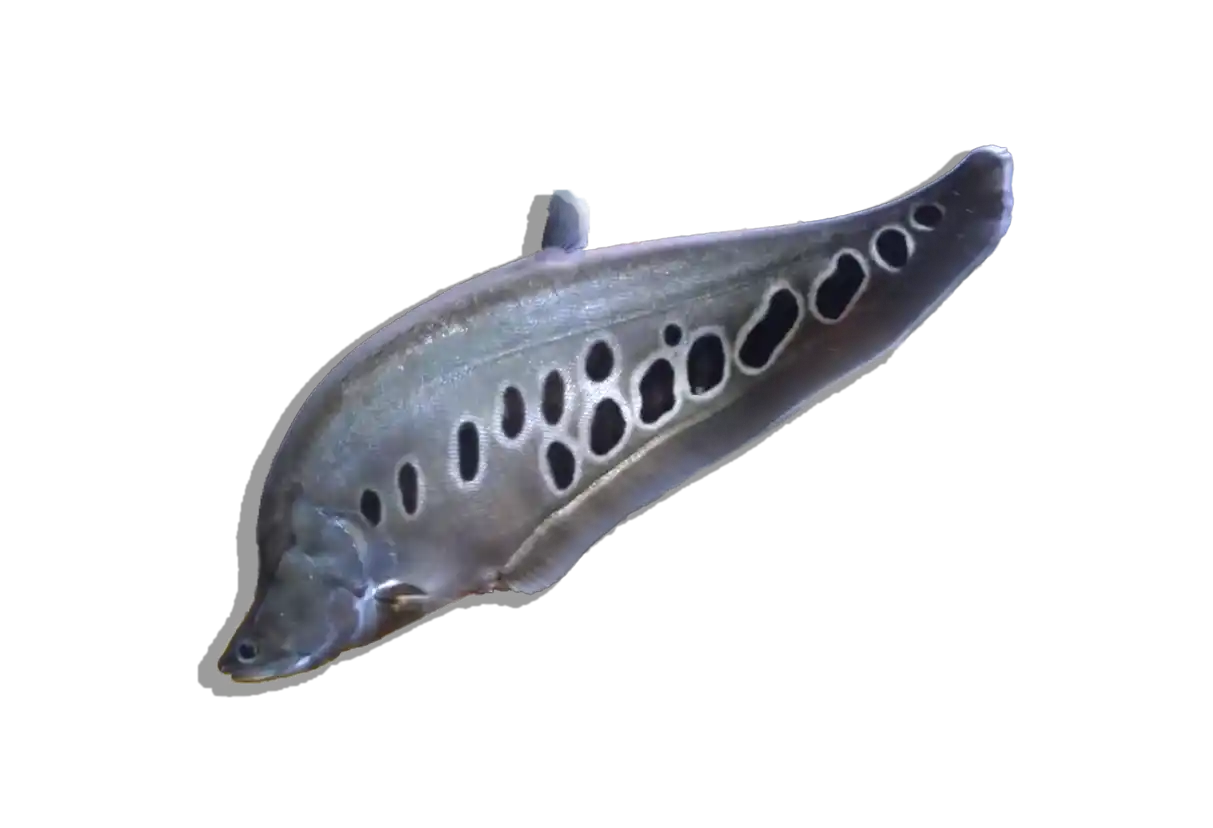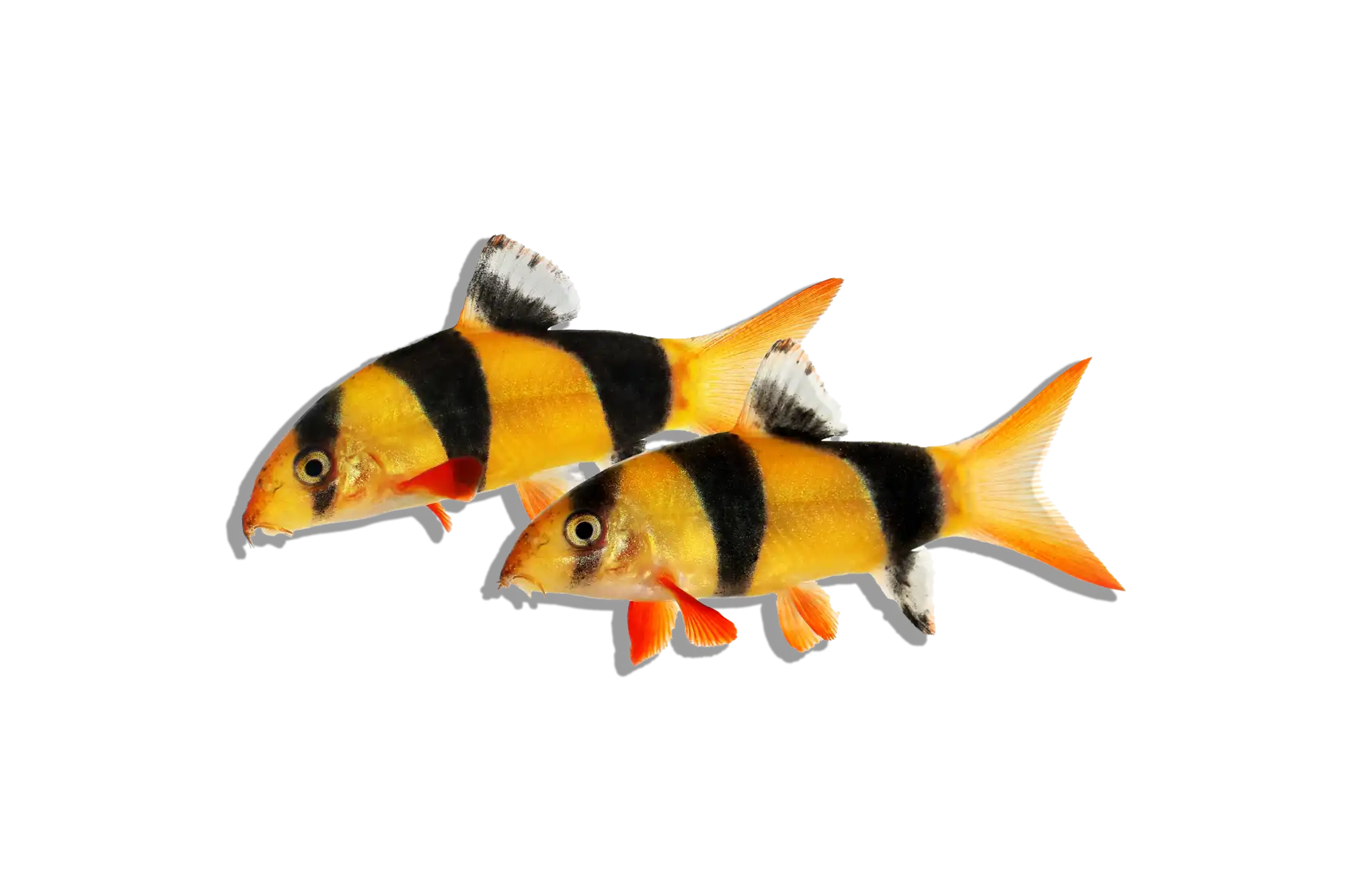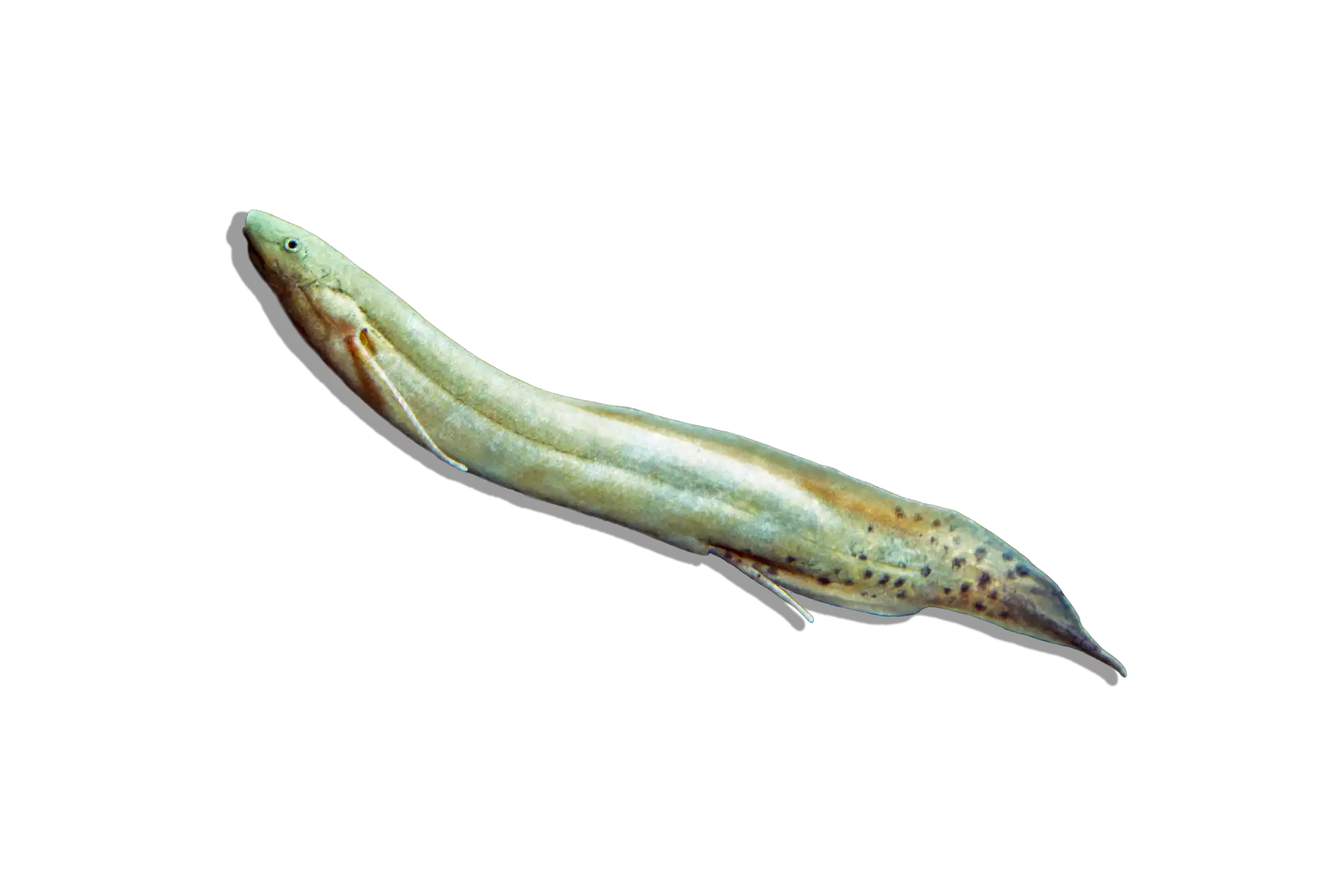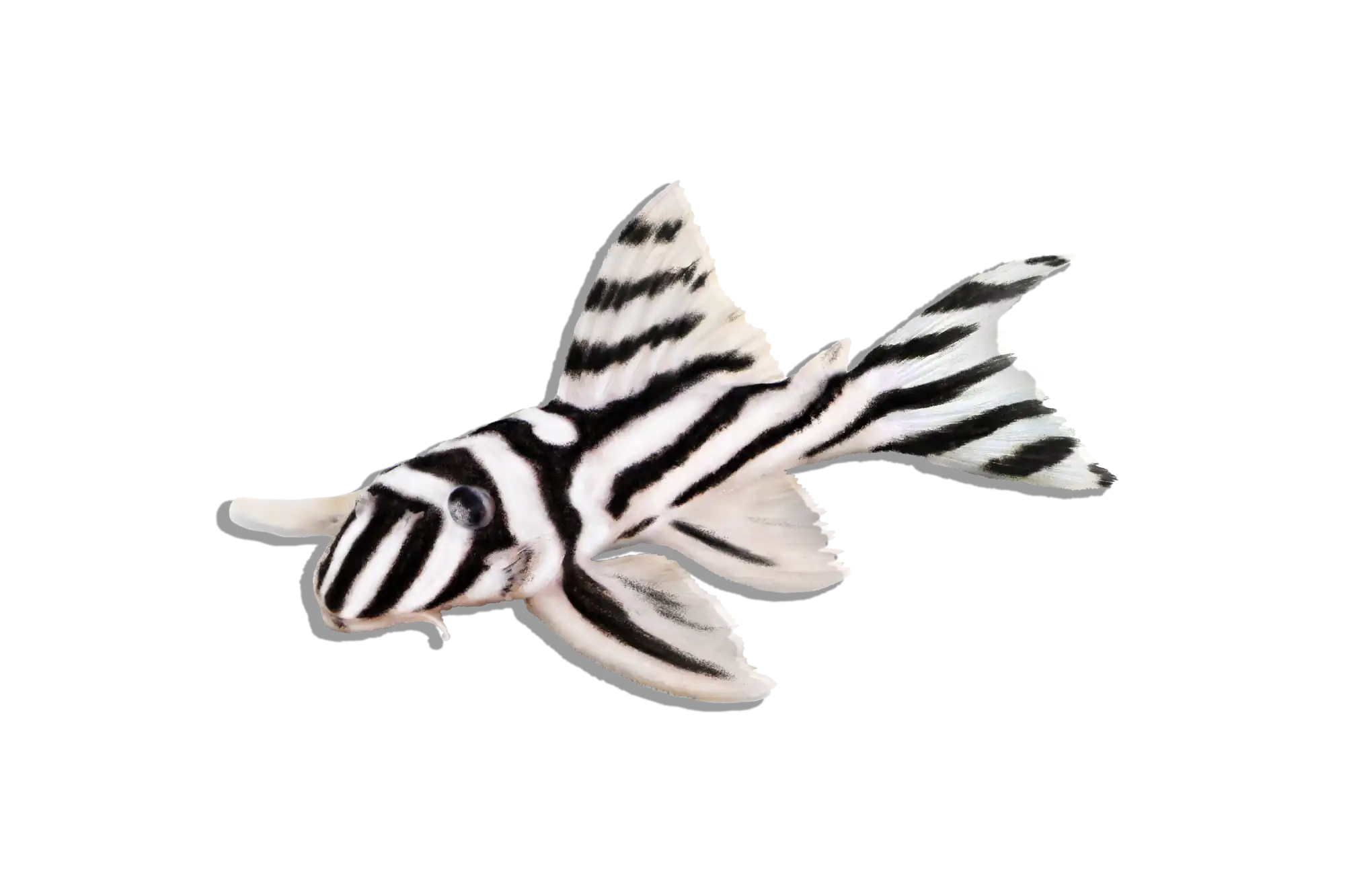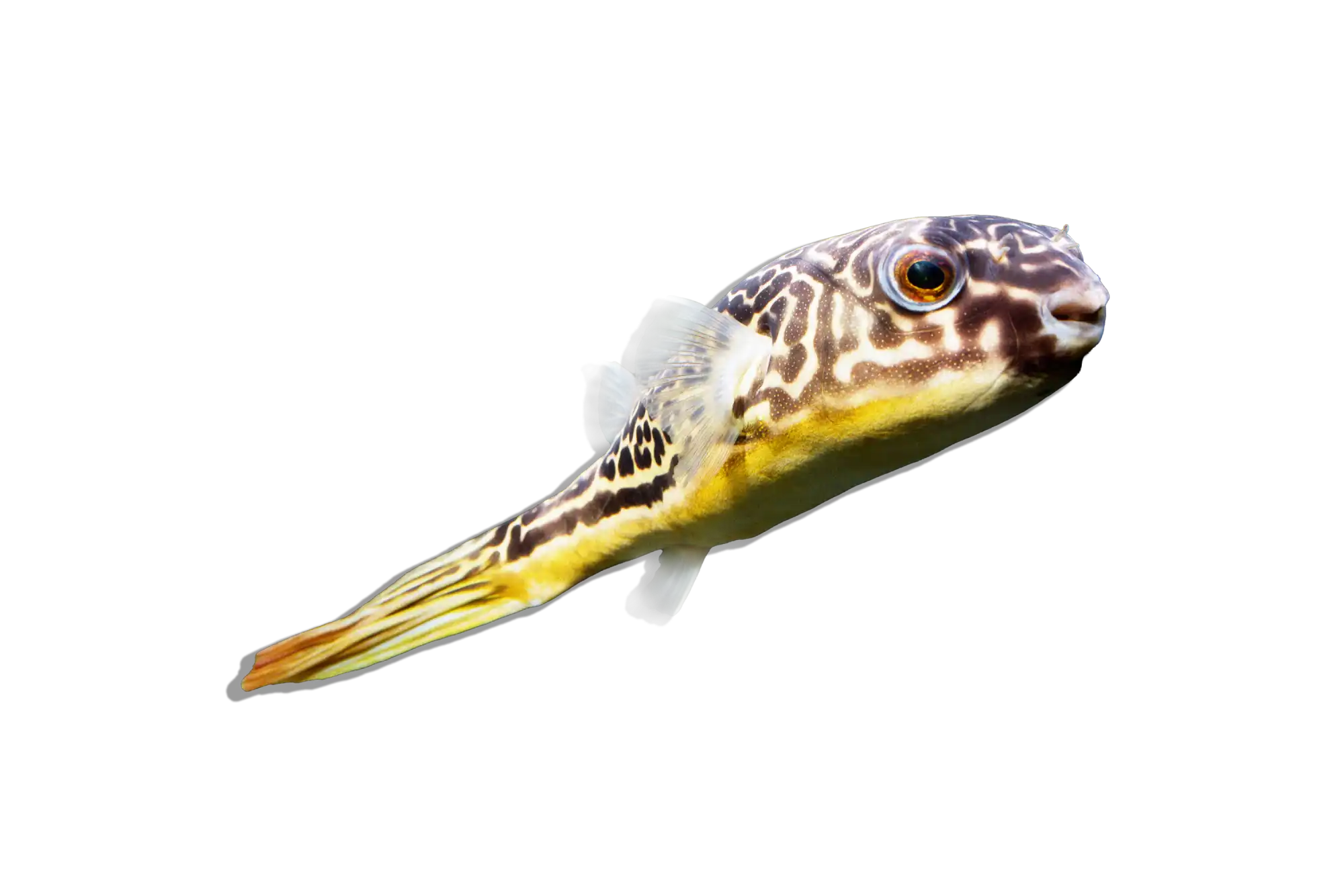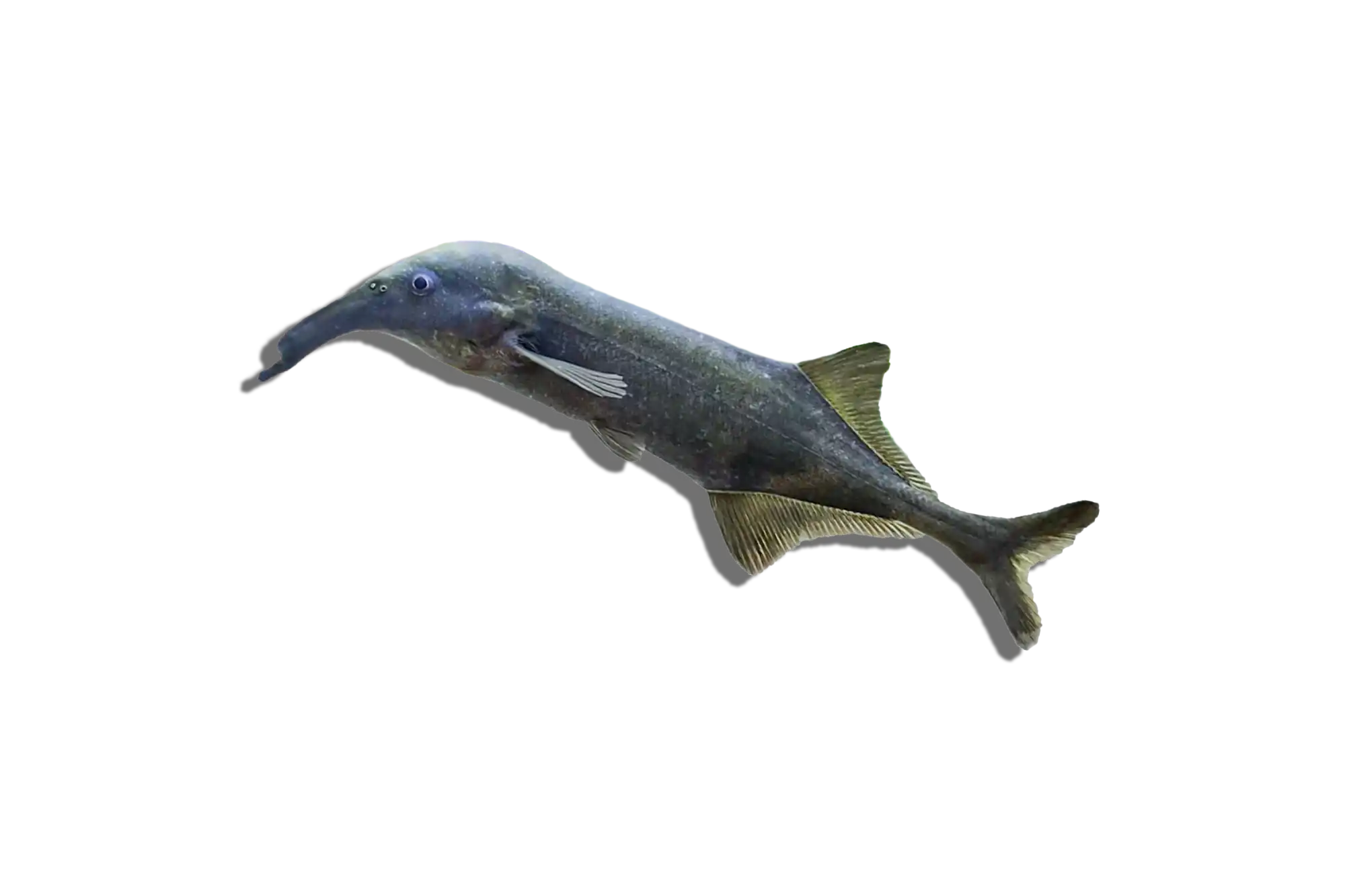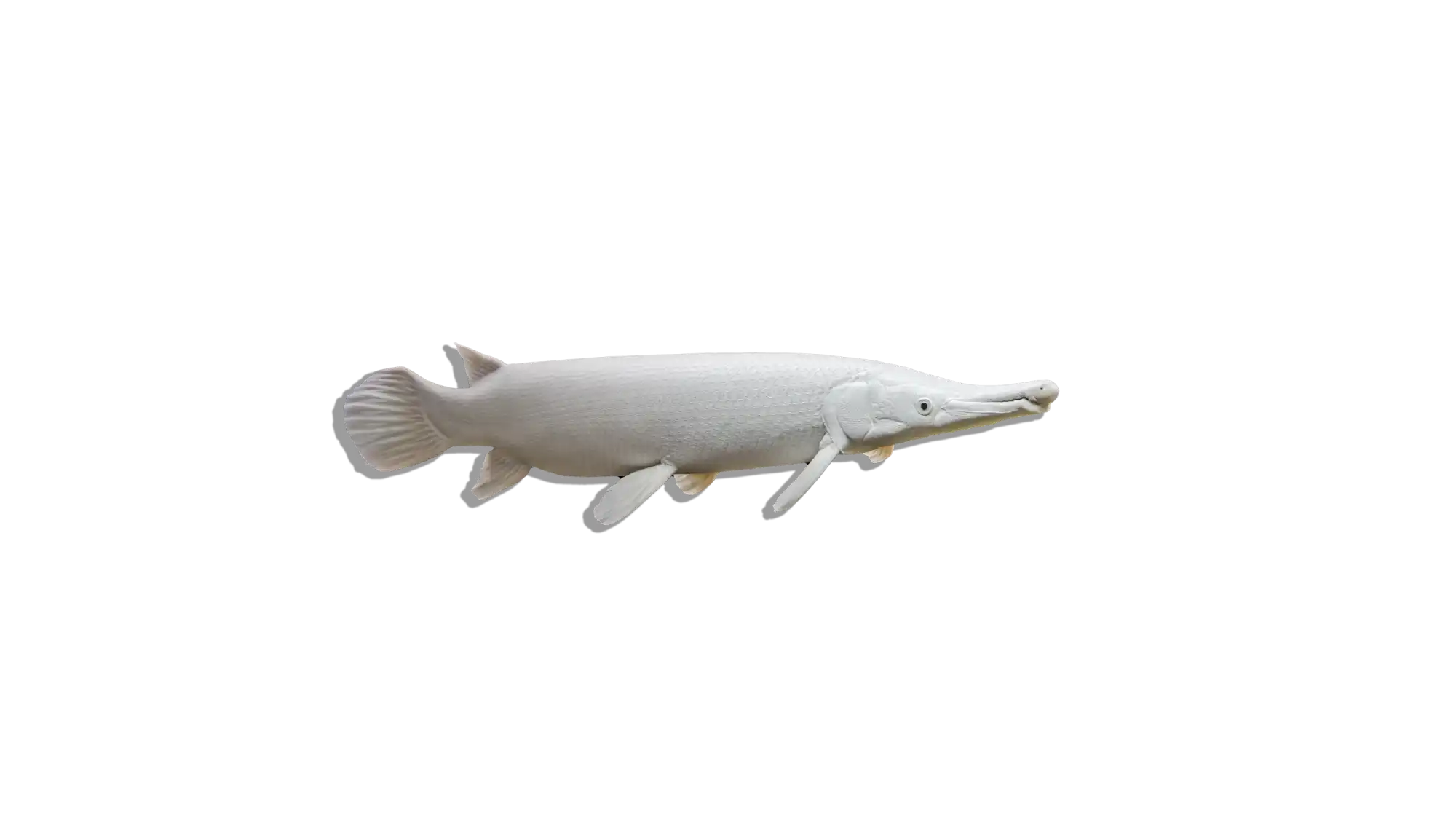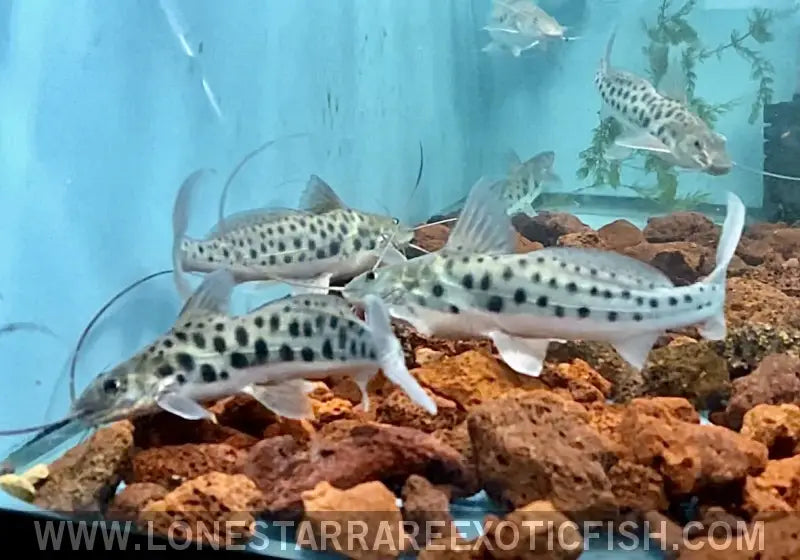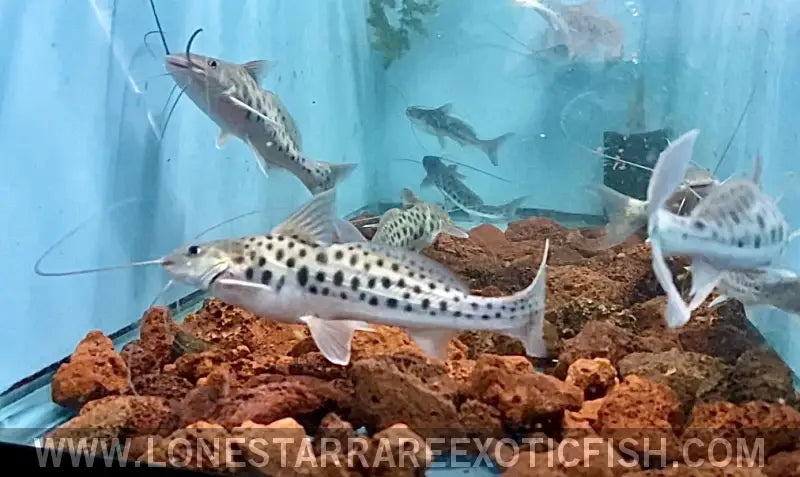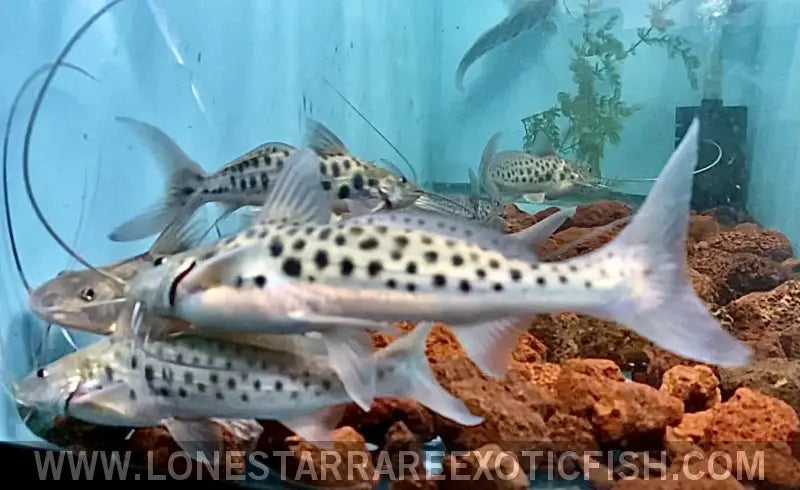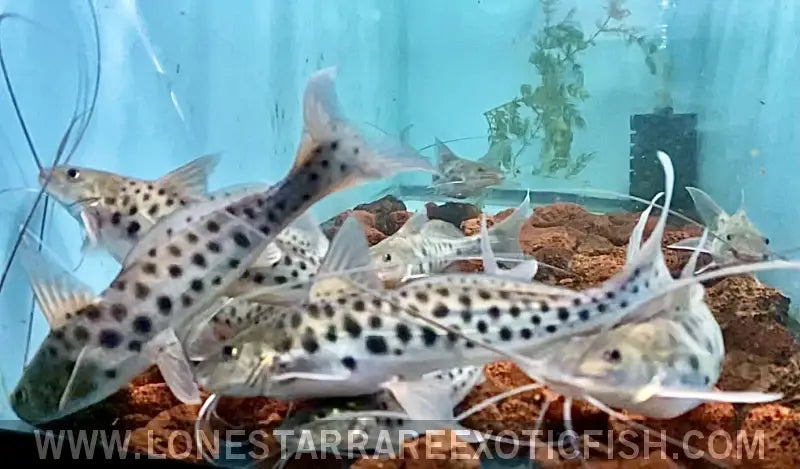Description
Common Name: Vulture Catfish
Scientific Name: Calophysus macropterus
Other Names: Zamurito, Piracatinga
The Vulture Catfish is a distinctive freshwater species known for its scavenging behavior and streamlined body. This fish is named for its vulture-like feeding habits, often scavenging dead or dying fish and other organic matter.
Habitat and Distribution:
The Vulture Catfish is native to the river basins of South America, particularly the Amazon and Orinoco Rivers, including countries like Brazil, Peru, Colombia, and Venezuela. These fish inhabit large rivers, floodplains, and lakes, often found in areas with muddy or sandy substrates.
Size and Lifespan:
In both the wild and captivity, Vulture Catfish can grow up to 18-24 inches (45-60 cm) in length. With proper care, their lifespan can range from 10 to 15 years, depending on the quality of their diet and water conditions.
Diet and Behavior:
Vulture Catfish are omnivorous scavengers, feeding on a variety of foods in their natural habitat, including dead or dying fish, crustaceans, and organic debris. In an aquarium, their diet should include high-quality sinking pellets, live or frozen foods such as shrimp, fish pieces, and other meaty foods. These catfish are known for their active and somewhat aggressive behavior, particularly when scavenging for food. They are best kept in a spacious tank to accommodate their size and activity levels.
Breeding and Reproduction:
Breeding Vulture Catfish in captivity is challenging and rarely achieved. Little is documented about their breeding habits in the wild. They are believed to be open water spawners, laying eggs in deep, flowing water. To encourage breeding, provide a spacious tank with optimal water conditions and simulate seasonal changes. Successful breeding typically requires very large, well-maintained tanks with specific environmental conditions.
Aquarium Care and Tank Requirements:
Due to their large size and active nature, Vulture Catfish require a very large aquarium, with a minimum of 200-300 gallons recommended for adult specimens. The tank should have a soft, sandy, or fine gravel substrate to prevent injury to their delicate barbels. Include plenty of hiding spots created with rocks, driftwood, and caves to mimic their natural habitat and reduce stress. Efficient filtration and regular water changes are essential to maintaining water quality. The water temperature should be kept between 75-82°F (24-28°C), with a pH of 6.0-7.5 and soft to moderately hard water.
Ideal Tank Mates:
Vulture Catfish can be kept with other large, robust fish that share similar water parameter requirements. Suitable tank mates include large cichlids, other large catfish, and similarly sized fish. Avoid housing them with small or delicate species that may become targets of predation.
Difficulty Level:
Advanced. Keeping Vulture Catfish requires a deep understanding of their needs, including their large size, scavenging behavior, and specific water quality requirements. They are best suited for experienced aquarists with the space and resources to provide proper care.
Water Parameters:
- Temperature: 75-82°F (24-28°C)
- pH: 6.0-7.5
- General Hardness (GH): 4-15 dGH
- Carbonate Hardness (KH): 2-8 dKH
- Ammonia: 0 ppm (ideal)
- Nitrite: 0 ppm (ideal)
- Nitrate: <20 ppm (ideal)
Additional Information:
- The Vulture Catfish’s scavenging behavior and distinctive body shape make it a fascinating addition to any large aquarium.
- They are known for their active and somewhat aggressive behavior, particularly when feeding, so adequate space and careful selection of tank mates are essential.

